Cycling Terms You Need to Know
Glossary of Biking Definitions, Slang and Lingo
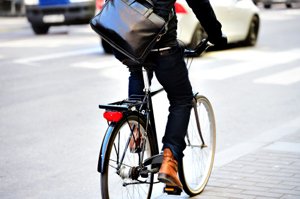 Most sports and activities have their own words and expressions that are unique to the events. All cyclists, especially those who regularly plan San Diego cycling excursions, may improve their biking experiences by understanding basic cycling terminology. Using the appropriate cycling terms and vocabulary can make talking with other cyclists easier, because it ensures that you are speaking the same language.
Most sports and activities have their own words and expressions that are unique to the events. All cyclists, especially those who regularly plan San Diego cycling excursions, may improve their biking experiences by understanding basic cycling terminology. Using the appropriate cycling terms and vocabulary can make talking with other cyclists easier, because it ensures that you are speaking the same language.
Whether you take your bicycle into a service shop or order parts to make your own bike repairs, recognizing the difference between a “derailleur” and the “chain stay” is essential. With hundreds of expressions, this list of cycling terms is by no means complete. However, it will provide you with a good start on building your cycling vocabulary for San Diego cycling.
A | B | C | D | E | F | G | H | I | J | K | L | M | N | O | P | Q | R | S | T | U | V | W | X | U | Z
A
- Aero
- This term describes the aerodynamic efficiency of a bicycle.
- Aero Bars
- A handlebar extension, or an attachment, that protrudes over the front of the handlebars. It allows cyclists to rest their hands close together over the bike’s front hub to ride lower and more aerodynamically.
- Aero Brake Levers
- Brake levers designed for drop handlebars. The older model routes the brake cable up from the brake lever and over the handlebars. Contemporary levers route the cable through the back of the levers and under the handlebars. This gets rid of the drag of exposed cables, making the design “aero.”
- Angles
- Fork, or head-tube, and seat-tube angles are the most common. Measure the angles relative to the horizontal top tube between 68 and 75-degrees. Lower angle numbers equates to a bicycle that has longer wheelbases and more fork rake. This can make biking in San Diego more stable and comfortable. Bicycles with higher angle numbers are usually more nimble, but are less comfortable.
B
- Bottom Bracket
- This component, which comprises the spindle and bearings, is located at the lowest part of the bike frame where the crank fastens.
- Brake Booster
- A method of strengthening the frame of the fork near the cantilever brake, which prevents bending or flexing when hard braking.
- Brake Hood
- This is the cover over the top of the brake lever mechanism on bikes with assembly on a bicycle with drop handlebars. Many cyclists rest their hands here when riding upright.
C
- Cable Guide
- Flexible tubing that houses brake or shift cables.
- Caliper Brakes
- Caliper brakes employ a pair of brake pads, one on each side of the tire rim, which apply pressure that slow down or stop the bicycle.
- Cantilever Brakes
- Brakes that have pivot points below the rim and fasten to the frame or fork.
- Chain Line
- The chain line indicates how straight the path is for the chain between the front and rear sprockets. Sprockets that are on the same plane, which prevents sideward motion and stress, are preferred.
- Chain Ring (Chain Wheel)
- This is a front sprocket.
- Chain Stays
- The tubes that connect the bottom bracket to the rear wheel.
- Chain Suck
- This situation occurs when a chain is stuck into the gap between the chain stay and the chain ring. Also refers to any other condition where a chain moves from its proper location. Chain suck usually occurs during the act of downshifting under load from the middle chain ring to the smallest chain ring. Dirty chains, bent chain ring teeth or burrs on the teeth of new chain wheels cause chain suck.
- Cluster (Cogs)
- Clusters are the rear sprockets of the wheel.
- Crank (Crank Arm)
- This arm secures the pedal to the bottom bracket spindle.
- Crank Set
- The front chain rings or sprockets.
D
- Derailleur
- This mechanism changes the gears that move, or “derail,” the chain from sprocket to sprocket.
- Down Tube
- This framing component attaches the head tube to the bottom bracket.
- Dropouts
- These are forward-facing slots that allow tire changing without the need to derail the chain first.
F
- Fork
- This term refers to either the blades that connect the front wheel to the steer tube, or the complete assembly, which includes the steer tube, blades and crown.
- Fork Tips
- The tips of the fork blades (slots) the front wheels axle locks to when mounting the wheel.
- Freewheel (Cluster)
- This ratchet mechanism makes coasting possible. The rear wheel turns without working the pedals.
G
- Grade
- The grade refers to the slope of hills or inclines.
- Grip Shifter
- This shifting mechanism allows cyclists to change gears by turning a grip on the handle bar.
H
- Head Angle
- This the angle of the head tube in comparison to the horizontal tube of a bicycle.
- Head Tube
- Also called the frame tube, it supports the steer tube and the fork.
- Hub
- Refers to the center of the wheel and includes the spindles.
- Hub Set
- This is comprised of the front and rear hubs, the spindles and skewers.
- Hybrid
- A bicycle type that has features associated with mountain and road bikes.
I
- Indexed Shifter
- This shifting mechanism has a click setting for each of the gear positions
L
- Long-Cage Derailleur
- This rear derailleur device is made for larger cogs.
M
- Mogul
- Cyclists use this cycling term to refer to a bump in the road or bike path.
P
- Pace Line
- This expression denotes cyclists who ride close together, in single file, to reduce wind resistance.
R
- Rake
- The rake is the distance between the front wheel spindle and an invisible plane. You can calculate the rake, which extends through the center of the bicycle’s steer tub, by the curve or counterbalance from the fork blades.
S
- Seat Posts
- This is the removable tube that the seat or saddle connects onto.
- Seat Stays
- The rear frame tubes that secure the rear bike wheel to the top of the seat tube.
- Seat Tube
- The bike’s framing component that connects between the top tube and the bottom bracket. The saddle (seat) post fits into the top of the seat tube.
- Sprocket
- This component is the “toothed” wheel that attaches to the hub of the wheel. The chain fits around the sprocket and powers the crank to the drive wheel.
- Steer Tube
- The steer tube passes through the head tube and attaches the fork to the handlebar stem.
- Stem
- This is the component that attaches the handlebars to the steer tube.
T
- Top Tube
- The bicycle’s top framing component – it connects the head tube and the seat tube.
Get Educated About Cycling Terms and Bike Safety
The San Diego Cycling Safety Portal is a free bike safety and education resource for San Diego cyclists. Our sponsor, San Diego bike accident lawyer Joshua Bonnici, is a bicycle commuter with decades of cycling experience in San Diego and throughout California. He offers this resource to you, so that you may better understand your rights as a cyclist. Were you involved in a bike accident? Find out what your best legal options are by contacting our bicycle accident lawyer for a free consultation with no obligation to commit to taking legal actions.
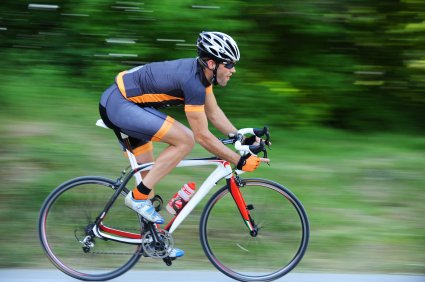 Fred has thousands of miles of cycling under his belt.
Fred has thousands of miles of cycling under his belt.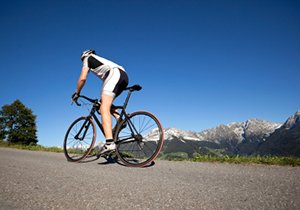
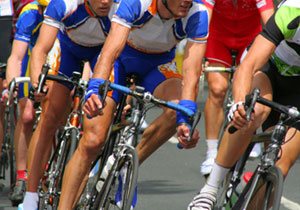
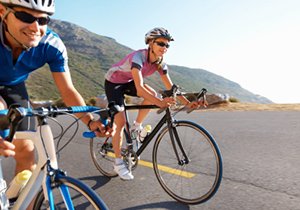
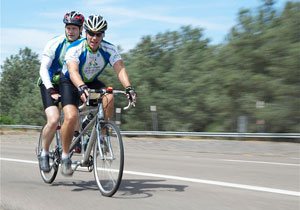
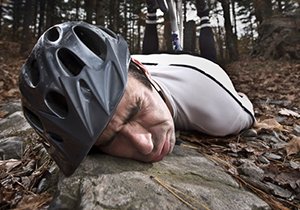
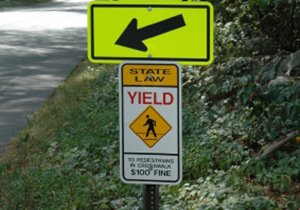

 1620 5th Avenue
1620 5th Avenue 1620 5th Avenue,
1620 5th Avenue,